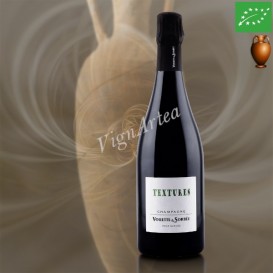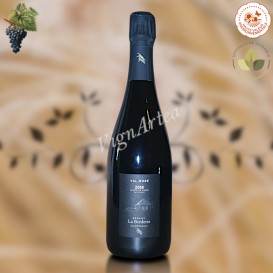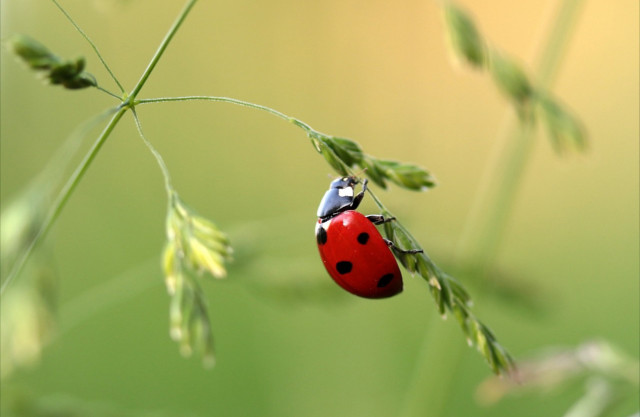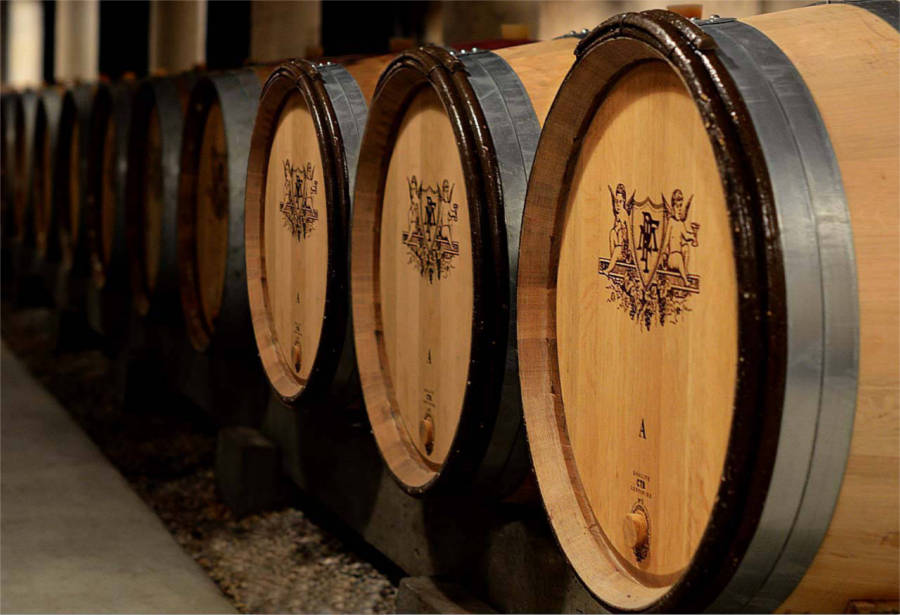CHASSAGNE-MONTRACHET LES BENOITES RED WINE 2022 (Vincent BACHELET)
BOURGOGNE - AOP CHASSAGNE-MONTRACHET - RED WINE
Grape variety: Pinot Noir (100%)
Lees ageing in oak barrels for 12 months
DIAM®5 cork stopper
- Nose: fresh and crisp. Notes of raspberry, strawberry and redcurrant, with a hint of black curry.
- Palate: tround, fresh and delicate. Red fruit finish.
- Tasting date: January 2024.
- OUR OPINION: with its very fine, fruity and airy profile, this Chassagne-Montrachet is not lacking in crispness and will fit in perfectly with delicate steamed dishes.
TERROIR
The vineyard of Chassagne-Montrachet extends southwards from those of Puligny and ends at the Saint-Aubin's anticlinal valley.
A second long, even slope, known as "La Grande Montagne", faces south-south-east and extends the eastern side of the anticlinal valley, where most of the vineyards are classified as Premiers crus.
At the beginning, this slope is the geological continuation of the Puligny hillside, from which it is separated only by the anticlinal valley, and whose terroir is very favourable for Chardonnay.
In the village of Chassagne-Montrachet, the fault collapsed the limestone base of the Bathonian (169 to 164 million years ago) at the top of the Argovian marls (Upper Jurassic - Oxfordian stage, 158 to 156 million years ago).
The Volnay syncline reveals the Liassic layer and the Jurassic hard limestones, which explains the presence of the Pinot Noir variety and the increasingly important production of red wine in this area.
The location Les Benoîtes, which faces south-east, lies on the edge of the Morgeot Premier Cru, at an altitude of between 220 and 325 metres, on well-drained clay-limestone and stony soils.
The Jurassic bedrock is in fact covered by a thick layer of colluvium and alluvium, formed by rivers and containing numerous pebbles, sands, marls and clays. This heavy soil is particularly well-suited to the estate's Pinot Noir vines, which are around fifty years old.
WINEGROWING & WINEMAKING
The vines are managed according to the principles of an "intelligent" sustainable agriculture. Treatments on the vines are carried out only when absolutely necessary.
The grapes are harvested by hand, sorted and then completely destemmed. The skin maceration lasts a fortnight in temperature-controlled stainless steel vats.
Actions of Punching down (an operation which consists of pushing the marc cap floating at the top of the vat into the liquid must) and Pumping over (an operation which consists of removing the juice from the vat bottom and pouring it back into the vat top to reincorporate the cap of marc into the must) are carried out regularly during the alcoholic fermentation to facilitate maceration and optimise the gentle extraction of the grape's constituents.
Once the maceration phase is complete, the must is pressed by light pressing. The first pressed juices are blended with the free-run juice, then racked into new oak barrels (between 15% and 30%) and into oak barrels of several wines for the malolactic fermentation and a 11-month ageing phase.
The must is then racked into stainless steel vats to rest for 2 months before bottling. The wine is neither fined nor filtered.
The bottle is sealed with a DIAM5® cork stopper which guarantees the absence of TCA contamination of the wine (or cork taste)
| Country | Burgundy |
| Color | Red |
| Orange wines | No |
| Clay amphorae wines | No |
| Vintage | 2022 |
| Capacity | 75 cl |
| Single Grape Variety | Pinot noir |
| Alcohol rate | 13 % |
| Quality Designation | Chassagne-Montrachet |
| Cellar Potential | 10 years |
| Service advise | 18°C. Open 1/2hr before the service. |
| Culture Methods | Sustainable cultivation method |
| Fining | No |
| Filtering | No |
| Comments | Skin maceration for 15 days. Ageing in oak barrels for 12 months, followed by a short 2-month ageing phase in stainless steel tanks. Non-fined, non-filtered |
| Stopper | Diam |





















